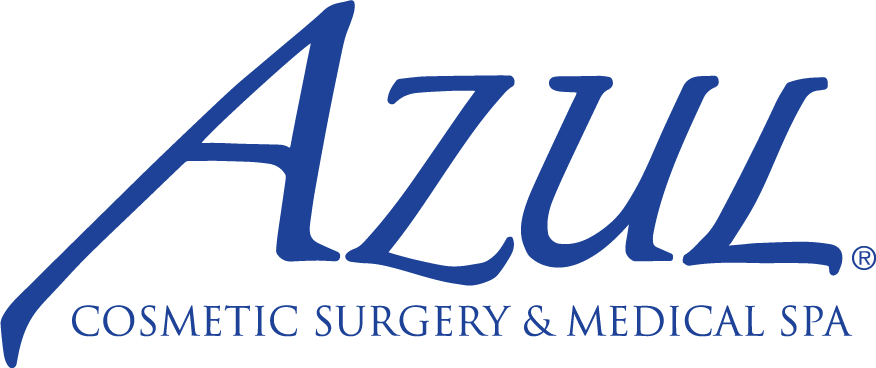The Solution to Adult Acne
- Posted on: May 24 2016
Not all of us were lucky enough to leave acne behind in high school; one-quarter of women over forty still experience chronic acne breakouts caused by  stress, hormone fluctuations or environmental irritants. What to do? First, make your health the first priority: your doctor should determine whether there is any underlying medical cause for your acne. In rare cases, acne can be a symptom of polycystic ovarian syndrome, an endocrine disorder that can be difficult to detect.
stress, hormone fluctuations or environmental irritants. What to do? First, make your health the first priority: your doctor should determine whether there is any underlying medical cause for your acne. In rare cases, acne can be a symptom of polycystic ovarian syndrome, an endocrine disorder that can be difficult to detect.
Once you’ve ruled this out, don’t run to the drugstore just yet. Many over-the-counter skincare products are formulated to treat only the most common form of facial acne (acne vulgaris), and not others such as pityrosporum folliculitis (caused by yeast). Some OTC acne treatments can actually cause bacterial infections, making the problem worse. The products and treatments offered at most spas are likely to be cosmeceutical-grade — better than OTC, but not significantly. Only pharmaceutical-grade products are FDA-regulated for effectiveness and purity, and these may only be distributed by licensed professionals, like Dr. Patrick Flaharty and his team at Azul.
If you are troubled by active acne and/or acne scars, you may want to consider Fraxel laser skin rejuvenation. The Fraxel laser targets microscopic areas of skin, removing old skin cells and stimulating the growth of new ones. Fraxel resurfacing can treat five to fifty percent of your face (or neck, chest or hands) in a single session, leaving the rest of the skin to help heal the treated areas quickly. At your initial consultation, Dr. Flaharty or a member of his team will determine whether you’re a good candidate for Fraxel. You’ll be able to see the results — brighter, smoother, more even-toned skin — as soon as your initial healing process is complete. Over the next three to six months, the deeper layers of skin tissue will continue to heal and generate more natural collagen and elastin. Your face will look and feel healthy and more radiant.
You will be given detailed instructions for how to prepare for your Fraxel treatment, such as avoiding tanning and use of exfoliants. Patients with dark skin tones usually begin using hydroquinone for up to two weeks before undergoing Fraxel. Depending on your health history and threshold of discomfort, Dr. Flaharty may also prescribe antibiotics or a topical anesthetic to use during and after the procedure. The anesthetic generally takes approximately one hour to become effective, and the Fraxel treatment itself can be completed within thirty minutes. Immediately following the procedure, your face may look and feel sunburned — this is normal. Afterward, be sure to use sunscreen whenever you go outdoors (even if just for a few minutes), and use only a mild facial cleanser. You should start to see improvement right away, though the full results are best observed after completing a full regimen of four to six treatments spaced progressively further apart.
With proper skincare and lifestyle, the results of your Fraxel laser treatment should be permanent. You may find yourself touching your face every now and then just to marvel at its smoothness; perhaps you’ll even find yourself comfortable going without makeup so everyone can admire your clear, smooth skin as much as you do! Schedule a free consultation at Azul to find out whether Fraxel is the answer to your acne anxiety.
Posted in: Procedures

